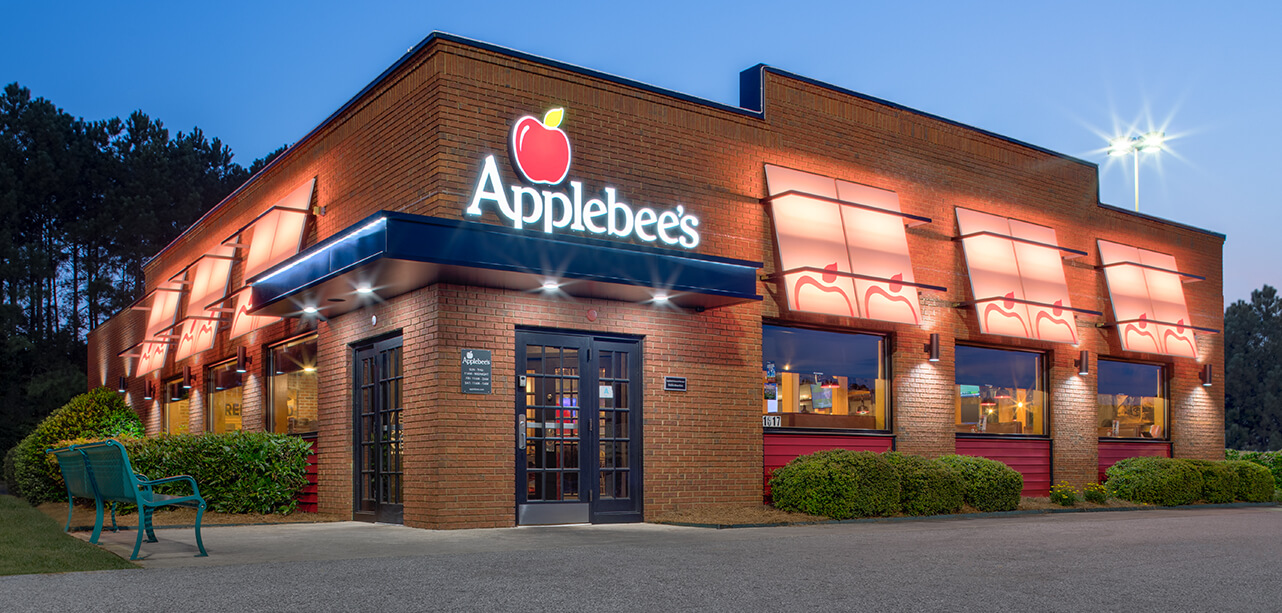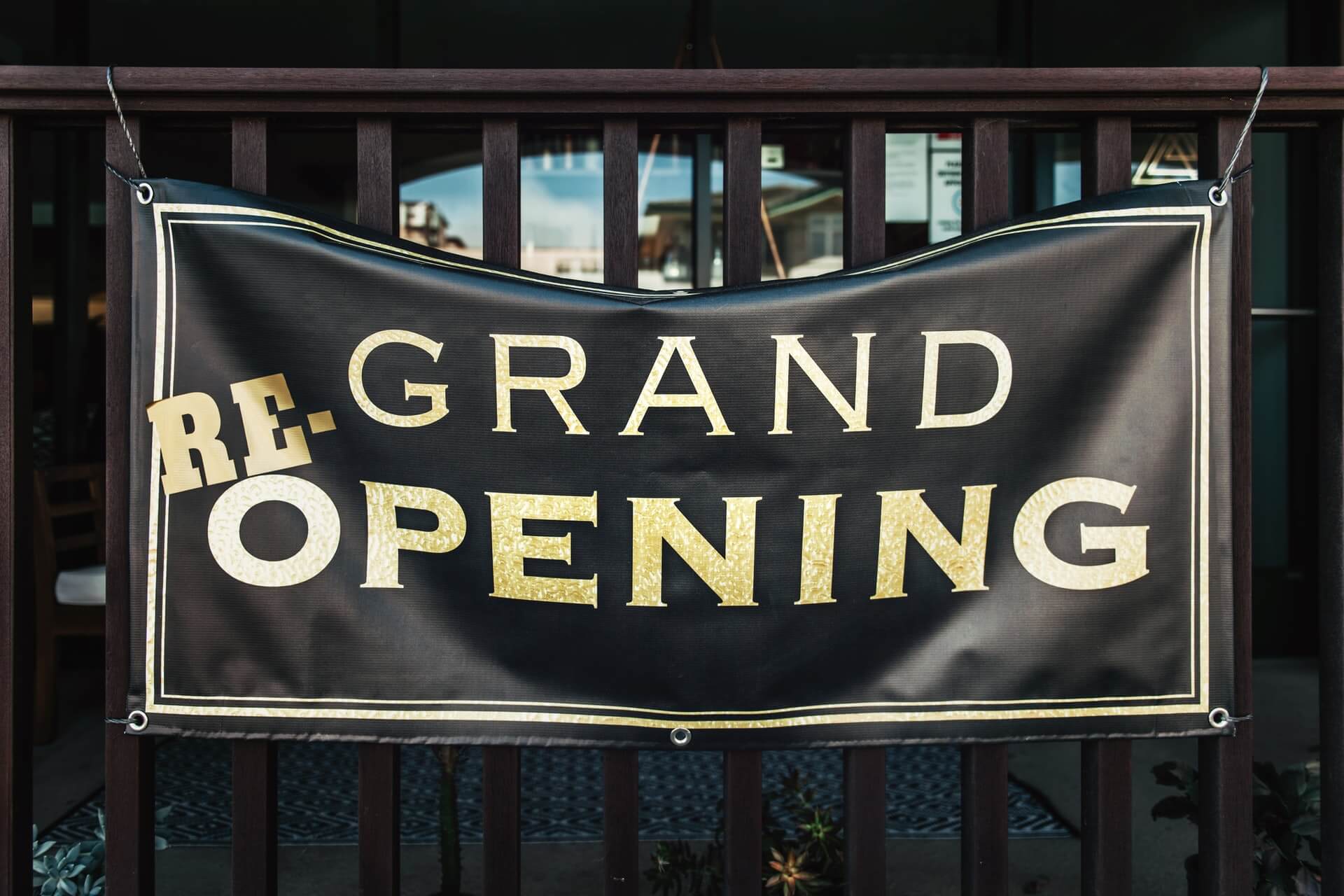What the B.C. Restart Means for Operators
by David Klemt

In news that’s not exactly surprising, the British Columbia “circuit breaker” expiration didn’t lead to a full reopening.
Instead, the province is launching the B.C. Restart plan.
Obviously, not returning to restriction-free restaurant and bar service is disappointing. However, the plan does give operators dates against which they can plan for staffing, inventory, and other aspects of running their businesses.
Of course, that’s only if officials execute the plan as-is.
Not Surprising
As B.C. operators are well aware, the expiration of the province’s “circuit breaker” doesn’t mean they can return to pre-pandemic operations. Clearly, it would’ve been helpful to the province’s hospitality operators for officials like Premier John Horgan to have made that clear last week.
Resources are razor thin and have been since the start of the pandemic and pandemic-driven shutdowns and restrictions. The more lead time officials can provide hospitality operators to prepare for changes to Covid-19 operational protocols, the better.
Let me say that again for any officials who may read this: Restaurant, bar and other hospitality businesses need more than a few days’ notice to prepare for rule changes.
As long as B.C. Restart targets are hit and numbers don’t head in the wrong direction, at least the new plan is clearer than last week’s expiration announcement.
Four-step Plan
B.C. Restart targets four dates that should remain in place as long as Covid-19 case, hospitalization and death rates remain low. Conversely, the province is seeking increases in adult vaccination rates (for dose one).
Unsurprisingly, the province is now in step one of the four-step B.C. Restart plan. The goal is to achieve a 60-percent dose-one vaccination rate among the province’s adult population. A mask mandate is in place provincewide, as are safety protocols like social distancing. Indoor and outdoor dining is restricted to a maximum of six people, with safety protocols.
The earliest date for step two to begin is June 15 and targets a 65-percent adult vaccination rate. B.C.’s mask mandate remains, as do business safety protocols and physical distancing measures. Interestingly, the province’s travel restrictions are removed.
Step three starts on June 1 at the earliest, targeting a 70-percent adult inoculation rate, low Covid-19 case rate, and decline in hospitalizations. Officials will announce new PPE and social distancing guidelines, organized indoor and outdoor gathering capacity will increase, and nightclubs and casinos will reopen (with capacity limits and safety protocols).
If all goes to plan, September 7 is the earliest start to step four, which targets a dose-one adult vaccination rate of more than 70 percent. B.C. will permit a return to “normal” social contact.
For Operators
Restaurant and bar operators—at the moment—should focus on steps one and two of B.C. Restart.
The reason is simple: During steps one and two, restaurants and bars must operate under the pre-circuit-breaker health and safety protocols.
So, operators must follow these rules for step one:
- Indoor and outdoor dining capacity: 6 people
- Liquor service curfew: 10:00 PM
And the following for step two:
- Indoor and outdoor dining capacity: 6 people
- Liquor service curfew: Midnight
Should things stay on track, step three will rescind the liquor service curfew, and there will be no group limit for indoor and outdoor dining.
Obviously, B.C. Restart isn’t what operators wanted when officials announced the expiration of the circuit breaker. However, the new plan does allow operators to plan ahead and gives us a glimpse of a light at the end of a very long, very erratic, very dark tunnel.
To review the plan in more detail, click here.
Image: Gerd Altmann from Pixabay









